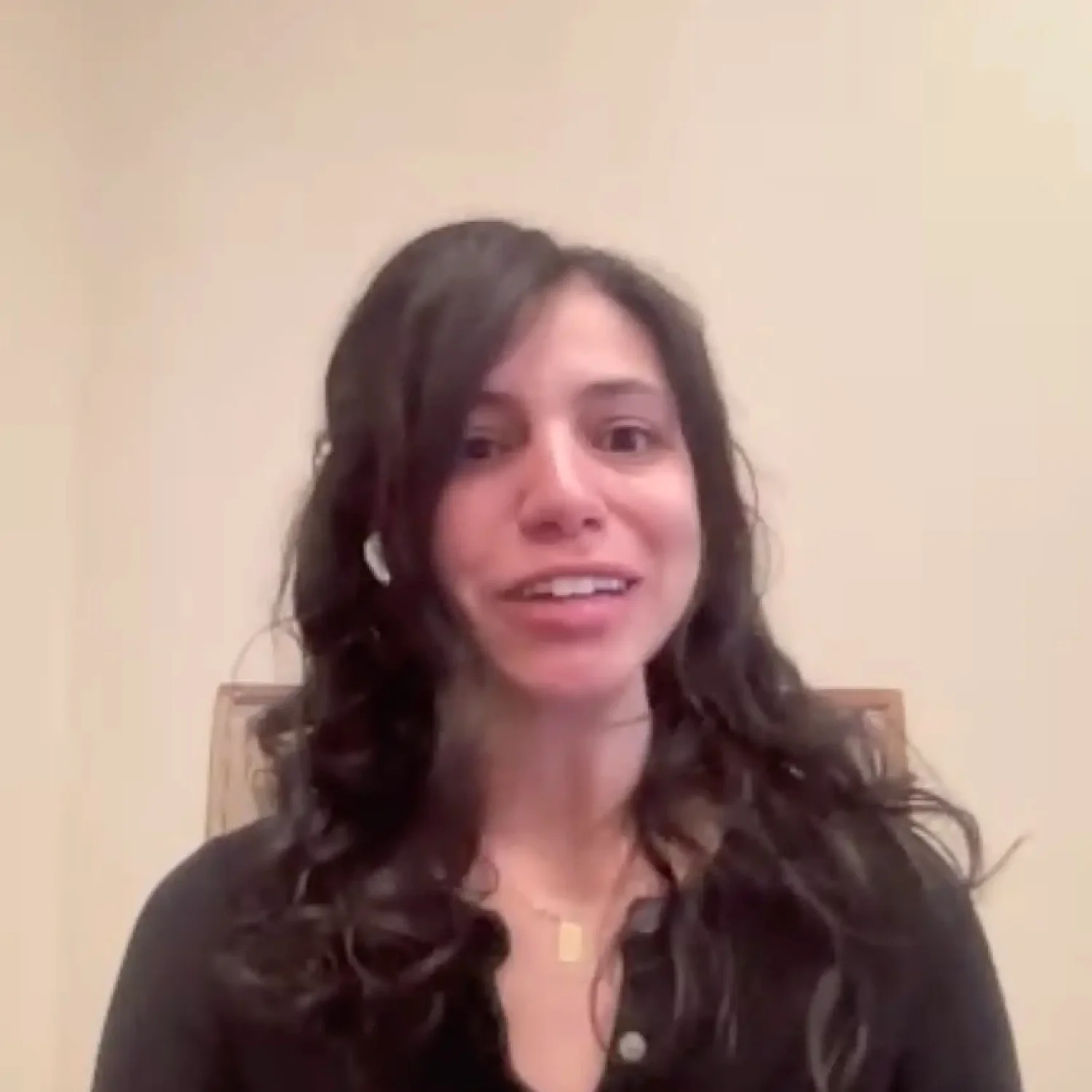For most of us, it’s been quite a harrowing year, and maybe the hits are still coming. With so many changes and tough situations to traverse, it’s understandable if you’re feeling full-on tired and the mental fatigue has kicked in. According to nutritionist and former Parsley health coach Olivia Hensal, feeling chronically stressed contributes to energy dips and mental fatigue—often, we don’t even realize these physiological changes are happening.
Persistent stress leads our body’s stress system (known as the hypothalamic-pituitary-adrenal axis, or HPA axis) to remain on high alert, usually for some time. This means our bodies are constantly dealing with a cascade of stress hormones, such as cortisol. Over time, we feel both tired and wired, becoming exhausted before we even begin our days (along with experiencing other unhealthy stress-caused complications).
Even during relatively stable times, our energy levels can naturally wax and wane. For many people, energy dips in the afternoons. One reason? Eating a pro-inflammatory, hard-to-digest breakfast or lunch. Think power bars and processed meats, such as sausage, bacon, and ham. While chipping away at chronic stress isn’t exactly simple, there are many straightforward ways you can combat low energy and mental fatigue—in the moment and through developing healthier daily habits. Start boosting your energy with the below eight tips.
Eat energy-supplying foods
Again, when the clock strikes 2 p.m., if all you want to do is curl up on the couch and sleep for hours, your breakfast may have something to do with it. “The biggest things in terms of breakfast to maintain energy levels throughout the day are soluble fiber, healthy fats, and proteins,” says Hensal. For example, she says, on some days, you could eat hot oats with nut butter (such as almond butter), walnuts, cinnamon, and your favorite berries. On other days, you might savor an egg and vegetable-packed frittata.
For lunch, choose foods that increase oxygen levels in your blood—key for sparking or sustaining energy. This might include dark leafy greens, like kale or spinach, legumes, lentils, grass-fed meats, avocado, and fruit, says Hensal. When picking out energy-boosting foods, remember to also prioritize taste: Eat foods that you genuinely enjoy. It’s not just helpful for improving your energy and combating mental fatigue; it’s also an important way to honor your needs (and add to your overall satisfaction).






